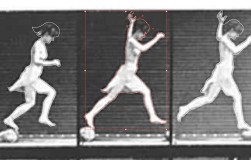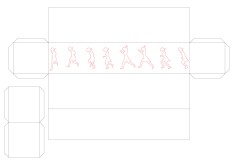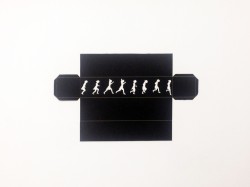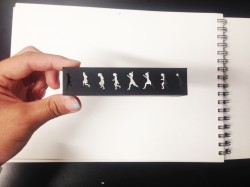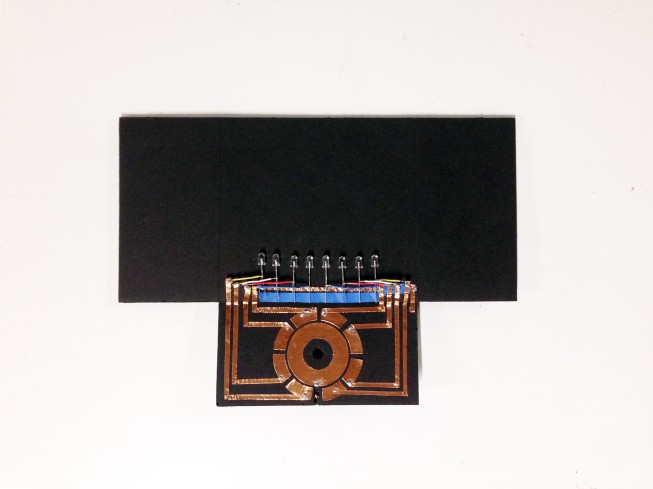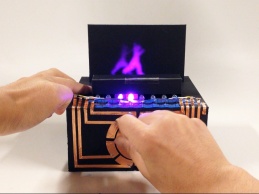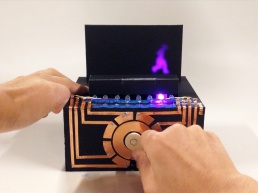Month: September 2016
Week 2: Kill the Bugs in P5.js
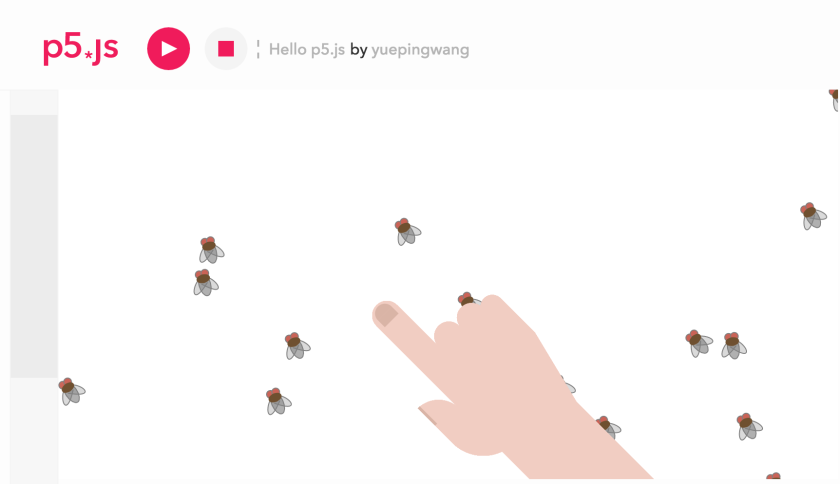
This week I coded a small game called “Kill the Bugs” using P5.js.
A dozen of flies are randomly mapped onto the computer screen each time when the program is refreshed. Those flies randomly shivers and moves around, while slowly straying away from the edge of the frame. The goal is to kill as many files as possible before they get away.
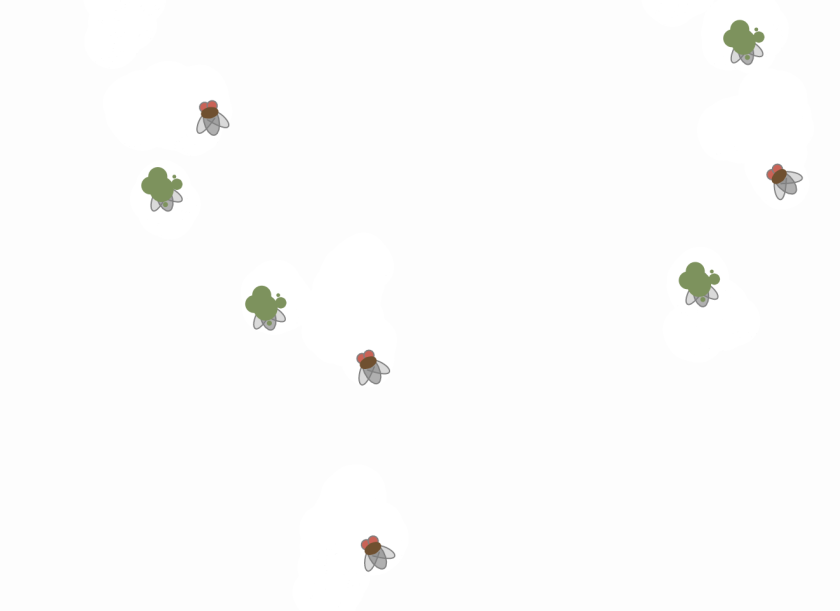
There are currently two separate versions of the code: the first version shows the cursor, and leaves a stain and dead body of the fly when it is killed; the second version shows the right hand, and the fly disappears when it is clicked on.
Week 2: Making the Switch (for LEDs)
Week 1: Everything is Remix
Week 1: Drawings
Week 1: What is (Physical) Interaction?
Interaction exists so long as two or more knowledgable and impressionable bodies affect each other. While discussions on “interactions” nowadays frequently allude to those of human-machine and interpersonal experiences by default, there are definitely substantial amount of machine-machine interactions that, although less immediately perceivable to the human user, fundamental to supplementing the human experience, and significantly influential on the human user’s long term impression of the device.
Just as computer games and ergonomic hand-held tools are results of human wisdom, the “machine-machine interactions” are as well designed and developed by human engineers. For example, there are profound studies on the politics of internet protocols – how the TCP/IP become the basis for a hierarchal structure behind the seemingly “peer-to-peer”, “free” internet, and I really like the writings by Alexander Galloway on the politics of code and the invisibility and manipulative power of protocols. In other words, often times the software applications shape our behavior through non-expressive ways, and the notion of “interaction” may not and does not have to be conscious to the users. I wonder if the “mindful interactions” that the authors accentuated here are rather cosmetic when compared to the long term, though less exciting and entertaining, impact that designed tools have on us.
Thus I believe that, in order to initiate any discussion on “interaction” at all, one has to first clarify the perspective through which “interaction” is evaluated, and the duration in which impact is measured. In the case of Crawford and Victor, “interaction” is defined by a single person exercising a function at a particular moment, and his/her subconscious reaction in the subsequent seconds or minutes.
“What makes a good physical interaction?”
I think “ergonomics”, “common sense/universality”, “efficiency” and “delightfulness” are some popular criteria nowadays. Nevertheless, I believe that there would be greater complexity and further debates if we were to investigate the question at a deeper level.
My favorite physical interactions are those with the Kikkoman soy sauce bottle and the Fiskar scissors.
“Are there works from others that you would say are good examples of digital technology that are not interactive?”
No. I think as soon as the digital product is accessed by a user, it is “interactive”.
P.S.: Crawford’s analogy of “We tend to think of interactivity as a Boolean property (either you have it or you don’t) like virginity.” is very vulgar and biased. Not only because the idea of “virginity” is completely a social construct, but also because such reference is totally irrelevant to appear in a published text.
Test
Hello world!
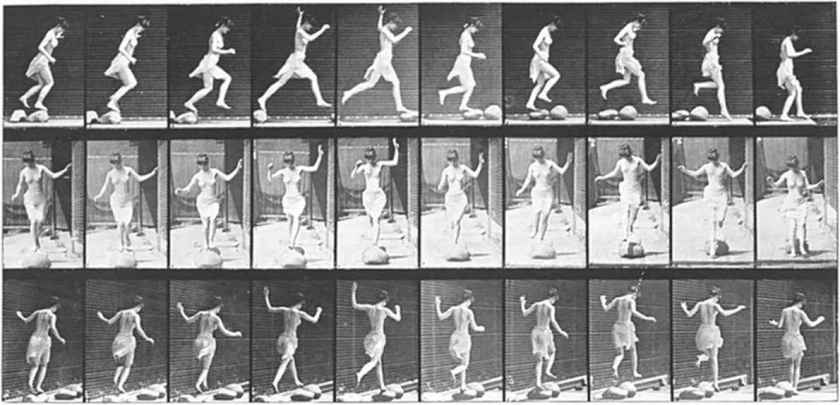 (Photo credit: Eadweard Muybridge. Woman. Jumping on “step-stones”, 1887.)
(Photo credit: Eadweard Muybridge. Woman. Jumping on “step-stones”, 1887.)